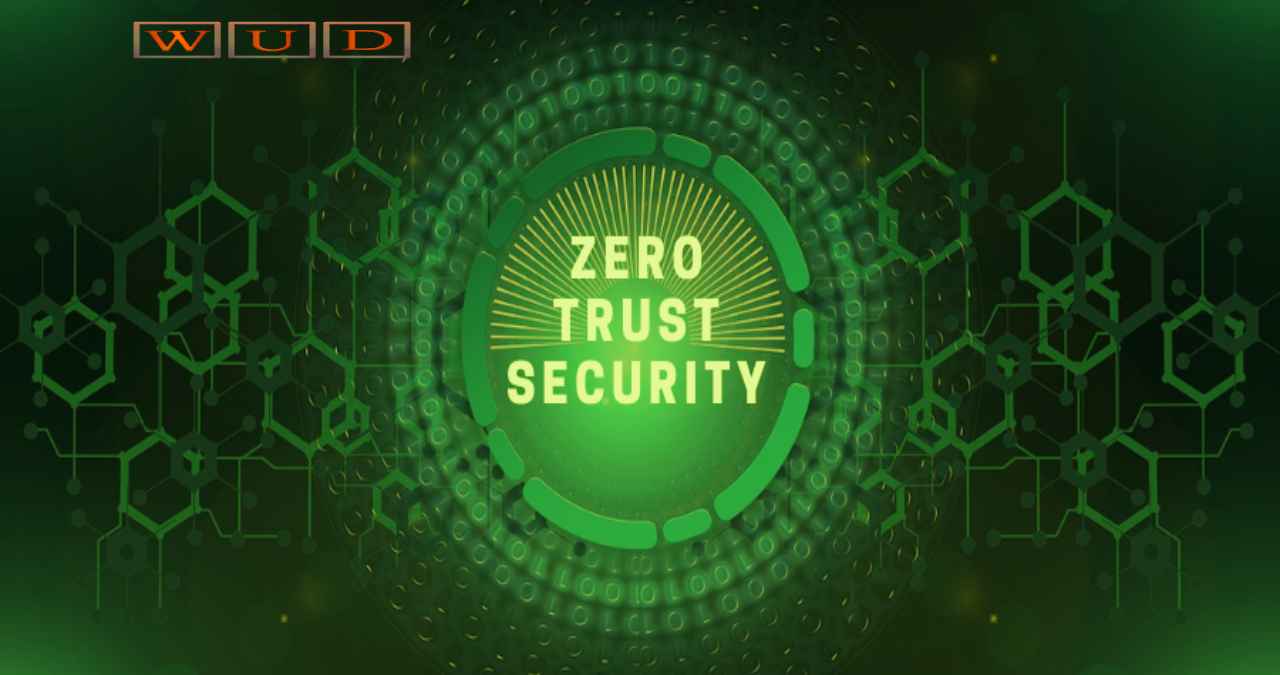Why Zero Trust Security Is Essential For Businesses

Cybersecurity without trust, also known as “Zero Trust”. is essential in a cloud and mobile world where the information system is more and more distributed and where users are both more and more nomadic and teleworking.
Zero Trust. No Trust. Before being a set of technologies to be implemented, Zero Trust security is above all a philosophy: not trusting anyone or any device. With a key idea: to give them only the rights they need only according to what they have to achieve and when they have to achieve it.
What Is Zero Trust
The “Zero Trust” approach considers that we cannot and should not trust any login, user, or device. It advocates not granting any right of access to a user or a device until one has effectively checked and verified that he is indeed what he claims to be at the very moment he needs the rights. the access he claims. Consequently, access to a resource, whatever it is, can only be obtained after not only multiple verifications of the authenticity of the user or of the system which requests it but also a good analysis and understanding of the contexts. in which this access is claimed.
The “Zero Trust” approach, therefore, consists in systematically verifying – via multi-factor authentication based on biometrics and devices, but also via dynamic policies taking into account the context and geolocation – each user and each device before giving it specific, limited, and dynamic access depending on the context (times, geographic positions and other data useful for understanding intentions).
For Security, Zero Trust Is Necessary In The Landscape
An information system increasingly decentralized and extended to multiple clouds, hundreds or even thousands of interconnected services through APIs, thousands or even millions of IOTs deployed, the ineffectiveness of perimeter defenses in a Such a context, the sophistication, and diversity of attacks and attack modes, the mobility of employees and devices, require companies to take a new approach to security-focused on identities, access and data.
The implementation of a Zero Trust approach relies mainly on questioning the policies and processes of identity and access management. IAM (Identity & Access Management) solutions are therefore essential to any Zero Trust approach. But they are not sufficient on their own. We must add other bricks.
Multi-factor authentication (MFA) is one of these essential building blocks. It is necessary to counteract the too great ease of compromising password approaches and the increased risks induced by SSO solutions (Single Sign-On solutions, which have become essential in the age of SaaS and the proliferation of online services).
But it is necessary to have a broader and more informed vision of the authenticity of the user and to make sure to assign him the rights dynamically without any systematicity.
Also Read: Cybersecurity Trends For 2020 And 2021
A Culture To Instill In Administrators, Users, The Company
Beyond technologies, the Zero Trust approach is above all a corporate culture in the face of security issues. It is the result of a long-term strategy that the company will implement iteratively by identifying the different measures to be implemented, by defining their priorities and by making the simplest ones first with “quick wins” such as, for example, teaching IT to live without granting itself all administrative rights even if they have set up an administration network different from the rest of the company. Some solutions, for example, allow administrators to claim certain rights through a temporary profile, right, and profile which will be automatically withdrawn at the end of the intervention.
In the past, security was thought of as a strategy defined once and measures put in place once and for all. From now on, security must be designed to be dynamic and constantly adapted and adjusted according to the context in particular.
Ideally, all access, all transactions, respond to granular security policies, distributed across the extended information system, and centralized in a single management interface.
Well implemented, “Zero Trust” security, through its dynamic and agile approach, solves many of the concerns that so far plagued the lives of users and administrators. The result is better user experience, better agility and resiliency of access to applications and resources, better-managed connectivity, and better network fragmentation essential for the security of microservices and IoT.
